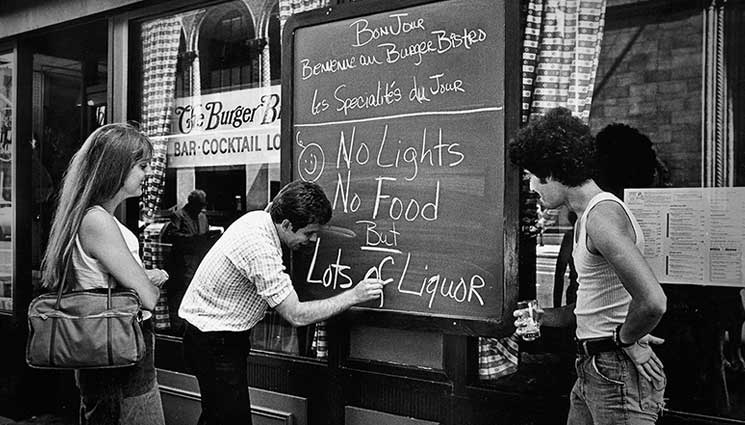How to Prepare Your Household for a Power Outage
Everyone can remember the media outrage following Hurricane Katrina; New Orleans became a hotbed for violent criminal behavior long after the event. Catastrophes, natural and otherwise, that destroy our power sources and leave us in the dark elicit an ugly and familiar behavior in some: looting and theft. And while few natural disasters meet the tragedy of Hurricane Katrina, any event that takes away our power can leave us instantly exposed. Even those of us prepared with a home alarm system lacking an alternative power source can be invaded the moment our power fails. Here are a few tips to prepare your home for safety the next time you experience a power outage at home.
1. Have a plan ready with your family
Before a power outage happens, the best step you can take to make sure your family remains safe is to have a plan prepared. This includes:
- plenty of unrefrigerated food
- a water source/supply
- an emergency kit including flashlights and medical supplies
- reserve clothes and bedding
- at least one alternative source of power
Your family should have a plan, including common routes and meeting locations. If anyone becomes lost, they should know where to find everyone. Another important aspect to assess in your plan is how long your household can survive in case the power outage is for an extended period of time; there should be a predetermined day in which you leave when you pass that number of days. If you have a nearby neighbor you trust, make arrangements with them. In survival situations, there is always strength in numbers.
2. Prepare different sources of light
For most criminals, a dark house equals an exposed house. It provides cover, allows easy access to your home, and indicates that any security measures you’ve equipped are likely now unplugged. Deter criminals and maintain your sanity by keeping plenty of alternative light sources somewhere specific that every member of your family is aware of, like a pantry or storage closet. Oil/battery-operated lanterns, long-burning candles or fireplaces are potential ways to keep your home alight enough to deter crooks targeting a seemingly vacant defenseless home. Keeping motion-sensing lights hooked to a generator at night for your lawn is an excellent precaution.
3. Limit access to your home
To prevent criminals from invading your doors and windows, limit your access with some simple modifications. Install a screw on each window that limits how far they can be opened to a few inches. Make sure your doors are of a sturdy material and equipped with secure locks and deadbolts. Preparing your property with a sufficiently tall fence (six feet minimum to deter people) and a locked gate will definitely benefit you in a power outage. Last but not least, never leave equipment out on your lawn that could be used against you in an attempted break-in, such as tools, blunt instruments, or ladders.
4. Take caution with generators
While investing in generators for this kind of event is smart planning, make sure your use of the generator is equally smart. Using generators in-doors is extremely dangerous and can result in carbon monoxide poisoning. Likewise, you should keep generators far from windows or doors where the poisonous gas can seep in. It’s important to follow the directions provided with your unit to avoid possible electrocution or damage to your wiring, and never refrain from contacting a professional to lend you a hand if you’re unsure while installing or using a generator. Solar generators are an excellent long-term source for electricity during power outages, though should be used sparingly; focus on lighting and communications devices foremost. They can be expensive − unless, of course, you make one.
Keeping these tips in mind, your family will feel much safer during a power failure. Even if you’re fortunate in not needing all of your supplies or plans readied for the occasion, the peace of mind your family will have to know what needs to be done in case the worst happens is a priceless boon.
Everyone can remember the media outrage following Hurricane Katrina; New Orleans became a hotbed for violent criminal behavior long after the event. Catastrophes, natural and otherwise, that destroy our power

